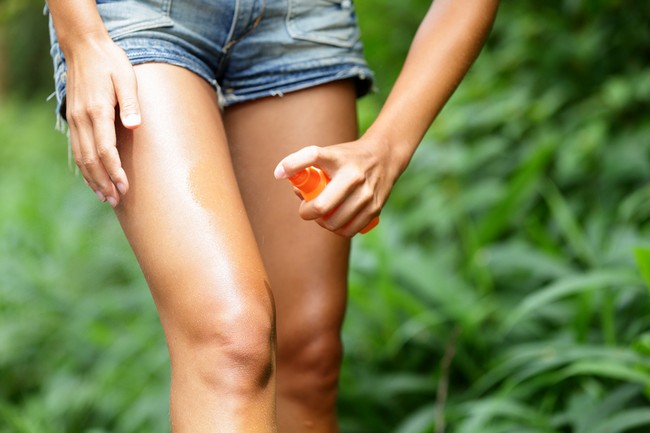- Make It Yourself Lavender Heart-Shaped Bath Bombs!
- 20 Things You Never Knew About “Down There”
- 12 Best Foods For Those Suffering From Arthritis Pain
- 12 Personal Hygiene Mistakes Almost Everyone Makes (Mom Never Told You About #4!)
- 15 Medicinal Plants And Herbs From The Cherokee People
- 12 Mind-Blowing Benefits Of Drinking Coconut Water During Pregnancy
- 12 Outstanding Winter Foods That Won’t Fatten You Up Like A Christmas Turkey
The Top 10 Dangerous Toxins That Are Inside Your Home Right Now
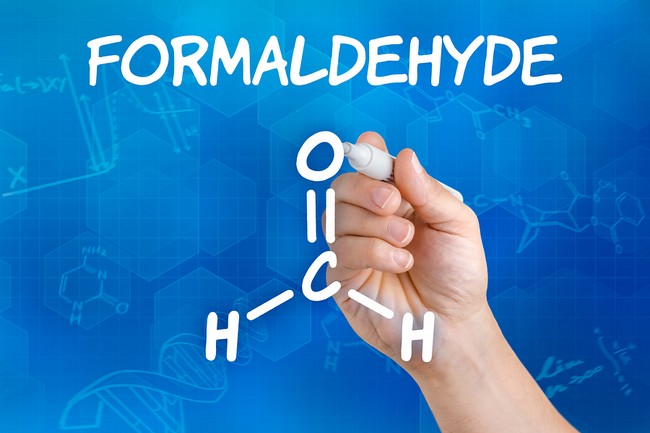
Photo credit: bigstock
Did you know that there are almost 100,000 untested chemicals that are sold every day in the USA? These have not been proven to be safe, but the US government allows them to be sold anyway. There are far more dangerous chemicals that the government is aware of, but still they allow them to be used and sold every day. This is a list of the top 10 dangerous toxins that you more than likely have inside your home right now, and what safe alternatives you can use instead.
1. Antibacterial Soap
Ok, so right now you are looking at this page and saying to yourself, no way this is right. Antibacterial soap is sold everywhere! That’s true, but the active ingredient in these soaps is a chemical called triclosan. This chemical has been linked to a disruption in hormone levels and thyroid function. When mixed with wastewater and dumped into streams and rivers, it can cause sex changes in wildlife.
These soaps are one of the many reasons we have a problem with bacteria that are resistant to most antibiotics; many researchers feel that it’s due to the overuse of antibacterial soaps and other treatments. Your alternative? Use good old soap and water. Soap and water kill just as many germs. If you like to use those hand sanitizers, use one that does not have triclosan or other chemicals but, rather, has a more natural alcohol base.
2. DEET (N, N-Diethyl-meta-toluamide)
This is an ingredient found in most popular insect repellents.
More than one third of people in the USA use this bug repellant even though tests have shown that it is toxic to the human central nervous system.
There are plenty of insect repellants that are much more natural and work very well. Your alternative?
Try using citronella or eucalyptus oil candles when sitting outside in the evenings.

Photo credit: bigstock
3. BPA (Bisphenol A)
This chemical is found in many plastics, especially in food containers, like those popular resealable storage bowls with colorful lids. It’s also used when making the linings for canned foods.
This chemical leeches into the food that you place in your container or whatever it is that the manufacturers have canned. Don’t believe this is true?
BPA is found in the bodies of 9 out of every 10 Americans.
This chemical is known to disrupt hormones and might cause problems with fertility. Your alternative? Use all natural glass containers whenever possible, or look for BPA free plastics. Those use the recycling code numbers 1, 2, or 5.
Read also about dangers of prepackaged foods.
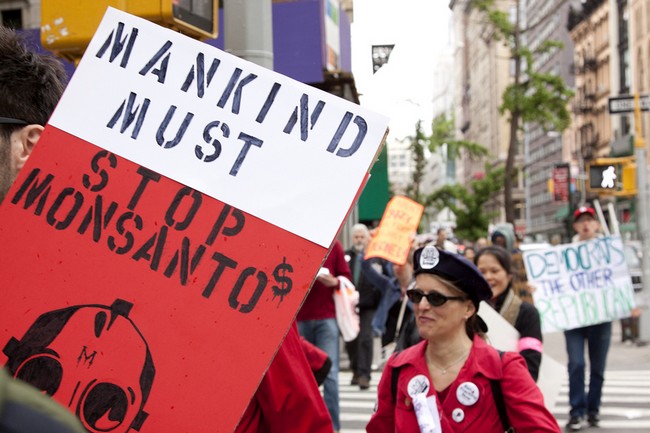
Photo credit: bigstock
4. Roundup (Glyphosate)
The chemical used in Monsanto’s popular weed killer has been shown to possibly cause birth defects, hormone disruption, neurological problems, and even cancer.
Your alternative? Get a free workout and pull weeds out by hand, or use boiling water, salt, or vinegar for a natural alternative.

Photo credit: bigstock
5. Teflon (Perflourinated compounds)
PFCs are commonly found in Teflon coated non-stick cookware and even some fabrics that claim “stain resistant” properties.
These chemicals are thought to cause cancer and birth defects.
Your alternative? Use case iron or stainless steel cooking pots and pans. Also steer clear of stain resistant furniture.
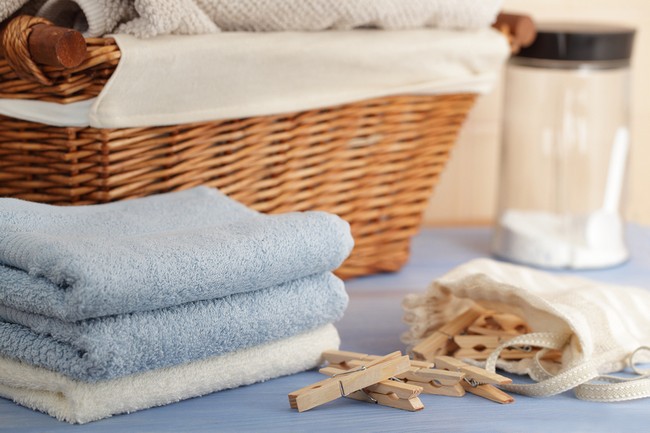
Photo credit: bigstock
6. Synthetic Fragrances
This is probably the most common chemical found in American homes.
Synthetic fragrances are used in almost everything, from air fresheners to shampoo, laundry soap and fabric softeners, cleaning products and scented candles, to hair spray and deodorants.
If you see the word “fragrance” on a product, this is usually a sign that it contains one of hundreds of dangerous chemicals that are known carcinogens.
Your alternative? Go unscented! Especially when you are talking about soap and detergents. Don’t use those so called “air fresheners” whether they are gels or sprays, as all of these contain dangerous toxins.
Use more natural methods such as hiding an open box of baking soda in a room or simmering a pot of cinnamon sticks on your stove.

Photo credit: bigstock
7. Chemical Cleaning Agents
Almost all manufactured cleaning products contaminate the air with their dangerous toxins when used or when exposed to the air. Ammonia can seriously burn your throat, and oven cleaners and drain openers can cause serious burns if they touch your skin.
Many of these cleaners contain known carcinogens as well.
Your alternative? Use natural cleaners.
One part white vinegar to nine parts of water in a spray bottle kills up to 90 percent of bacteria and mold spores. When using vinegar to clean your floor, let it air dry for a nice shine afterwards.
Dump the dirty solution in the sink or toilet for extra odor control.
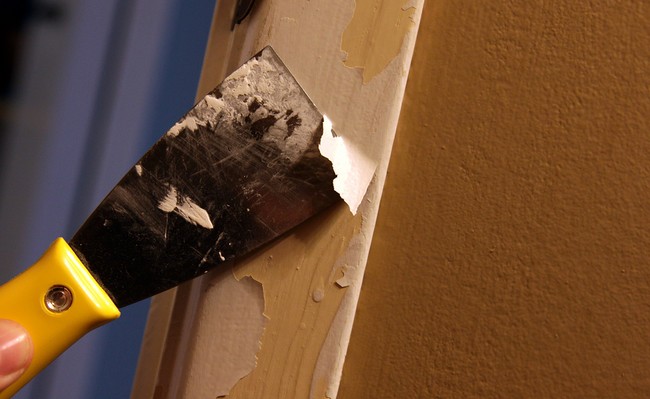
Photo credit: bigstock
8. Volatile Organic Compounds
Commonly referred to as VOCs, these are the gasses that come from certain substances in our homes such as scented laundry detergents, paint, lacquers, or office equipment.
VOCs have been linked to both cancer and asthma.
Your alternative? Don’t buy petroleum based detergents; look for unscented laundry soaps and paints that clearly say “No VOCs.”
Avoid cheap woods like plywood and particle board. Look for all hardwood furniture.

Photo credit: bigstock
9. Formaldehyde
This very toxic chemical is a known carcinogen but is found in almost everything in the home, furniture, soap, and even glue.
Your alternative?
Formaldehyde is difficult to avoid entirely, but you can lower your risk by buying solid hardwood furniture that uses safe products to seal the wood, and by keeping plants inside the home that help clear the air of formaldehyde, such as ficus plants.

Photo credit: bigstock
10. Chlorine
Most products that contain chlorine are common household cleaners such as bathroom, toilet bowl, or oven cleaners.
It’s interesting to note that the EPA states that chlorine is 300,000 times more carcinogenic than the pesticide DDT, yet they continue to allow its sale and distribution.
Your alternative? Use natural cleaners such as white vinegar, baking soda, and hydrogen peroxide.
Sources:

